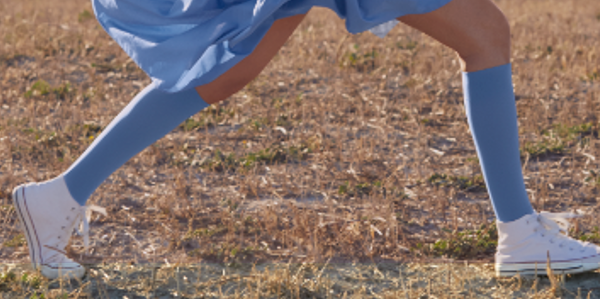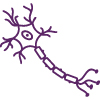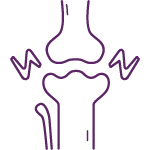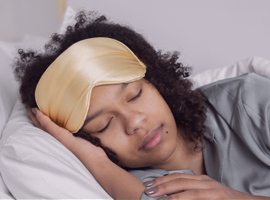Periostitis is recognized by a burning sensation concentrated on the front of the leg. Pain occurs most often during physical activity. It is common among runners, people exploring a new sport and those getting back into training.
The tibia is wrapped in a fibrous protective layer called the periosteum. When the periosteum is subjected to unusual stress, inflammation may develop. This is what causes the pain. [Learn more…]
Do you have pain late in the day due to numbness in your legs? This unpleasant feeling of having heavy or “tingling” legs is quite common. Swelling and cramps may also occur. The discomfort, also known as “restless legs,” comes on gradually during the day. It sometimes persists at night and disrupts sleep.
Heavy leg syndrome affects those who work long hours on their feet or spend their days sitting.
What explains venous insufficiency? In a nutshell, it’s a problem with blood flow. It occurs when the blood of the lower limbs does not flow properly back to the heart. If left untreated, this condition may cause complications like varicose veins, skin problems, phlebitis/thrombosis, or embolisms. [Learn more…]
Edema occurs when fluid accumulates in the limbs, causing them to swell. This swelling does not hurt, but may make it feel like your clothing or jewellery is too tight.
In the leg, edema is often accompanied by stiffness and a feeling of heaviness. The skin on the surface of the swollen area is stretched, shiny and itchy, and it retains a mark if you press it with your finger, for example. [Learn more…]
What explains leg swelling? There are many factors, including:
- Side effects of medication
- Blood flow disorders
- Lung, kidney or liver disease
- Physical trauma or surgery
- Dysfunction of the lymphatic system
- Long periods of sitting
- Pregnancy
Symptoms of leg lymphedema are similar to those of edema, such as swelling and puffiness of the affected area, reduced mobility, stiffness, tightness of the skin and sometimes pain.
The difference is that lymphedema is caused by the accumulation of lymph, the fluid that carries white blood cells, antibodies and nutrients into the lower limbs. People who have had radiation therapy or surgery are at higher risk, as are those with venous insufficiency or morbid obesity. [Learn more…]











